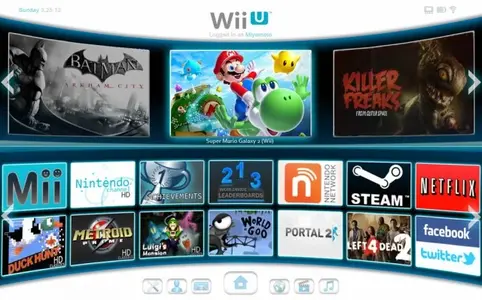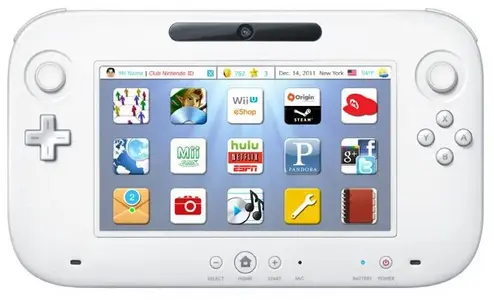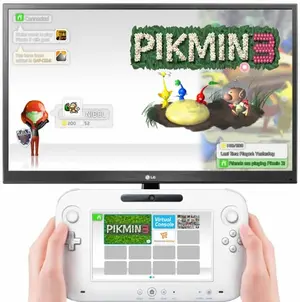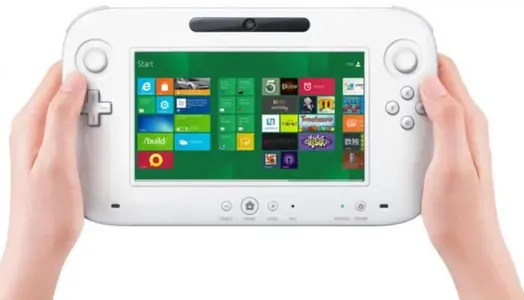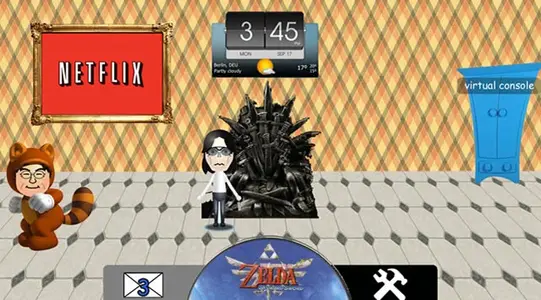“The Wii was able to reach a large number of new consumers who had never played games before by bringing hands-on experiences with its Wii Sports and Wii Fit,” he explained.
“However, we could not adequately create the situation that such new consumers played games frequently or for long, consistent periods. As a result, we could not sustain a good level of profit.
“Moreover, regrettably, what we prioritised in order to reach out to the new audience was a bit too far from what we prioritised for those who play games as their hobby. Consequently, we presume some people felt that the Wii was not a game system for them or they were not willing to play with the Wii even though some compelling games had been released.”
“Once consumers have a notion that ‘this system is not for us’, we have learned that it is extremely difficult to change their perceptions later,” said Iwata.
“Therefore, in promoting the Nintendo 3DS and the Wii U, we have announced that we would like ‘width’ and ‘depth’ to coexist.
“With the Nintendo DS and the Wii, the approach of ‘width’ was well accepted by many people; however, what we did in terms of ‘depth’ was not satisfactory for some consumers. This time, we would like consumers to be satisfied in both aspects.
“In order to do so, we started to work on the ‘depth’ aspect first, and the current and existing software you can see for the Nintendo 3DS is based on that idea. In the future, the approach will evolve,” he continued.
“Our approach for the Wii U is basically the same. By doing so continuously, we are expecting that the number of game users per household will increase and as the gaming population increases, we believe we can create a sustainable video game market.”
